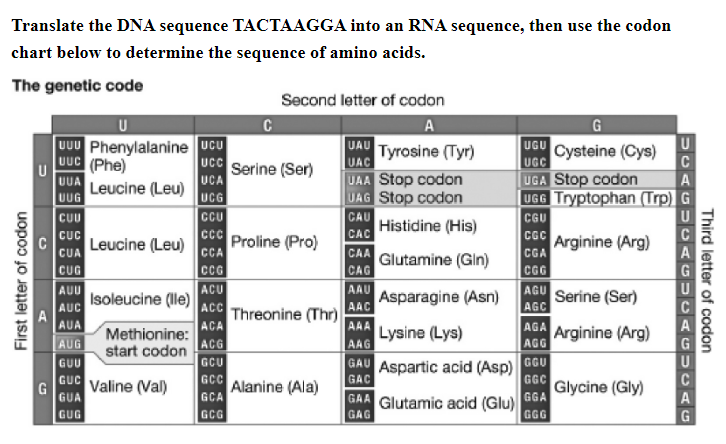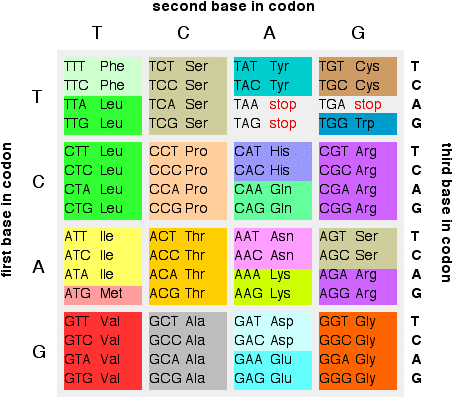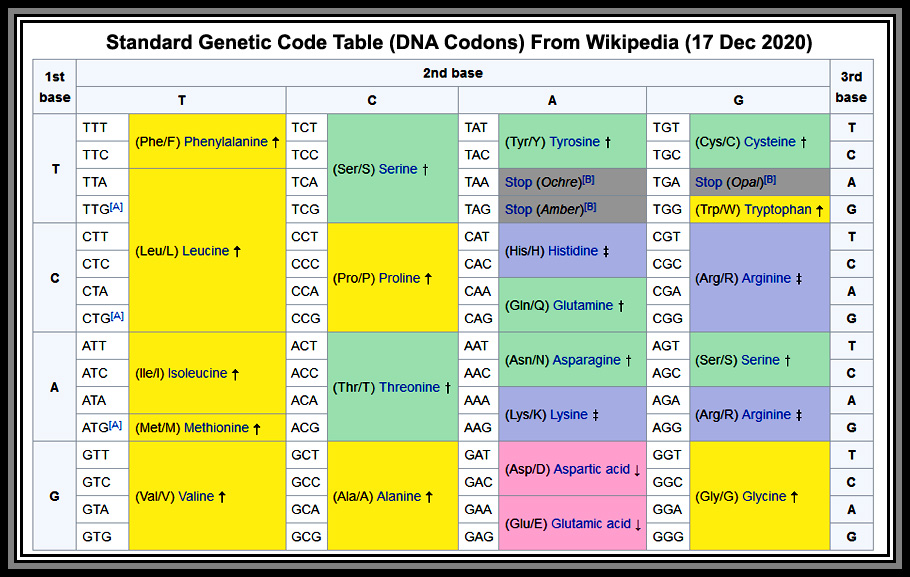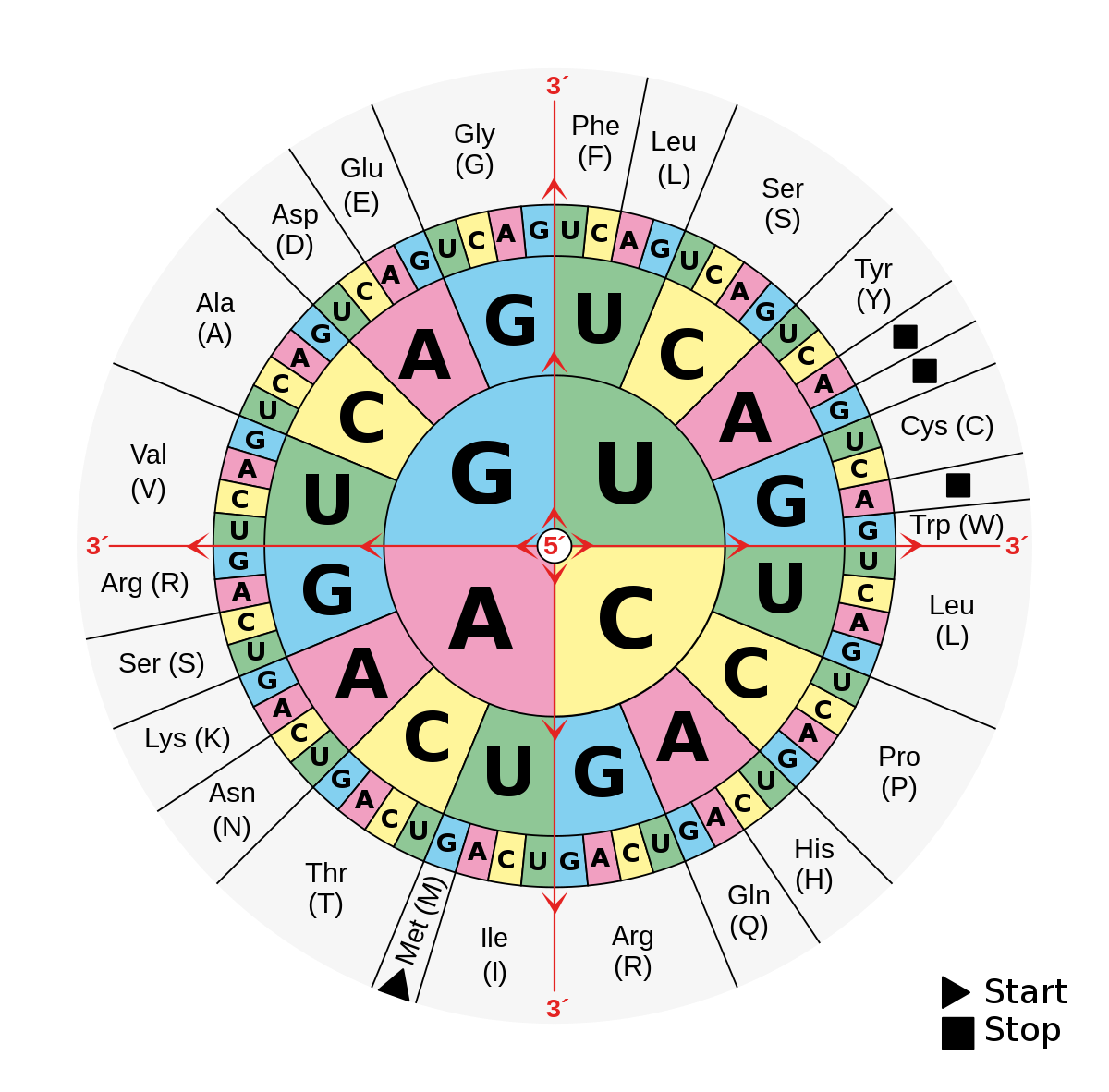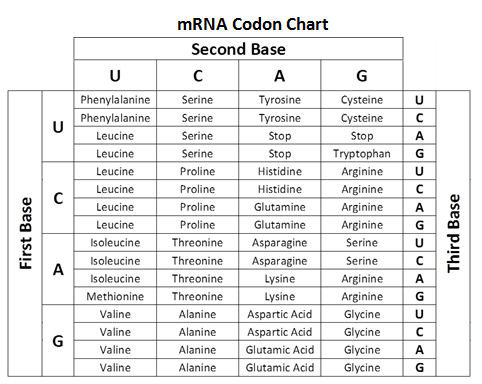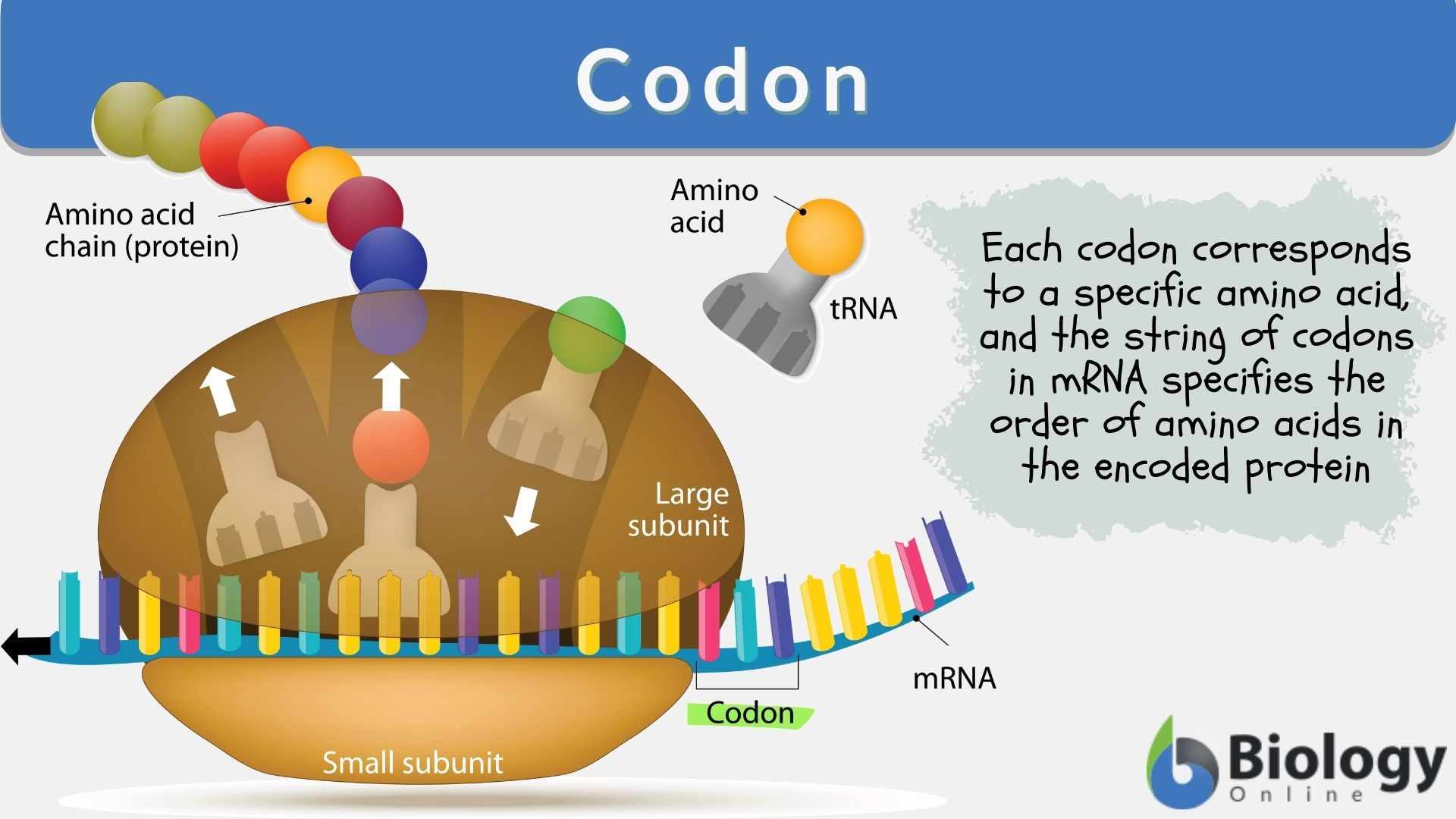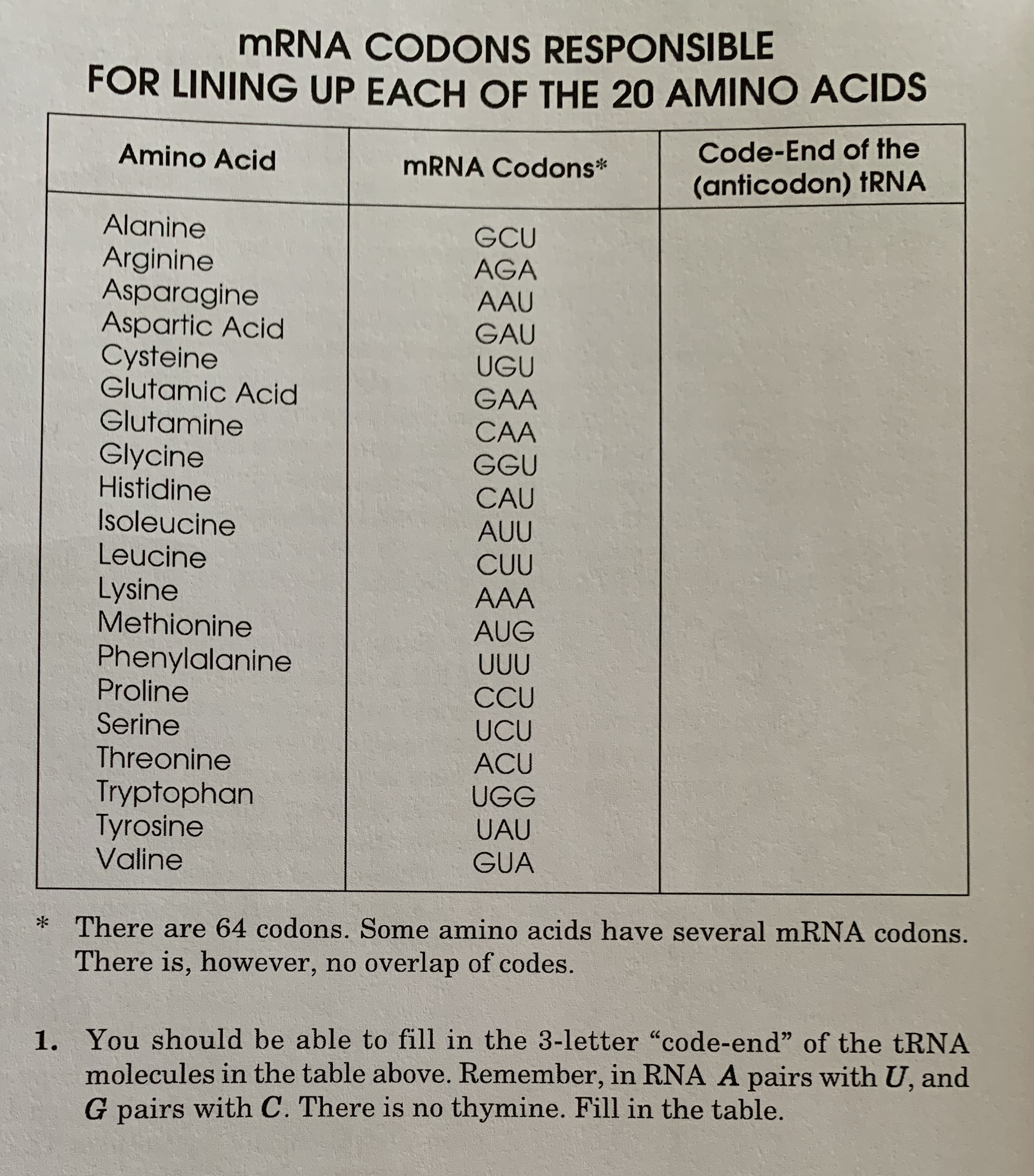
Arginine limitation drives a directed codon-dependent DNA sequence evolution response in colorectal cancer cells | Science Advances

For the Following Amino Acid sequences: Proline Methionine Lysine Glutamine Serine Tyrosine Aspartic acid Glycine Methionine Cysteine 1. Using the handout, write possible mRNA codon sequence. 2. Write the corresponding t-RNA anti-codon

SOLVED: Refer to the codon table aS necessary to answer the questions. Consider the template DNA sequence 3' ATTAGC-5' Give the sequence of the dipeptide formed after transcription and translation using the

Given the mRNA codons AGC UUC GAU, what would be the resulting amino acid sequence after translation? a. - Brainly.com

The given table shows the genetic code depicting the amino acids that correspond to mRNA codons. Each codon is read from 3^' (first nucleotide) to 5^' (third nucleotide). Find out the amino
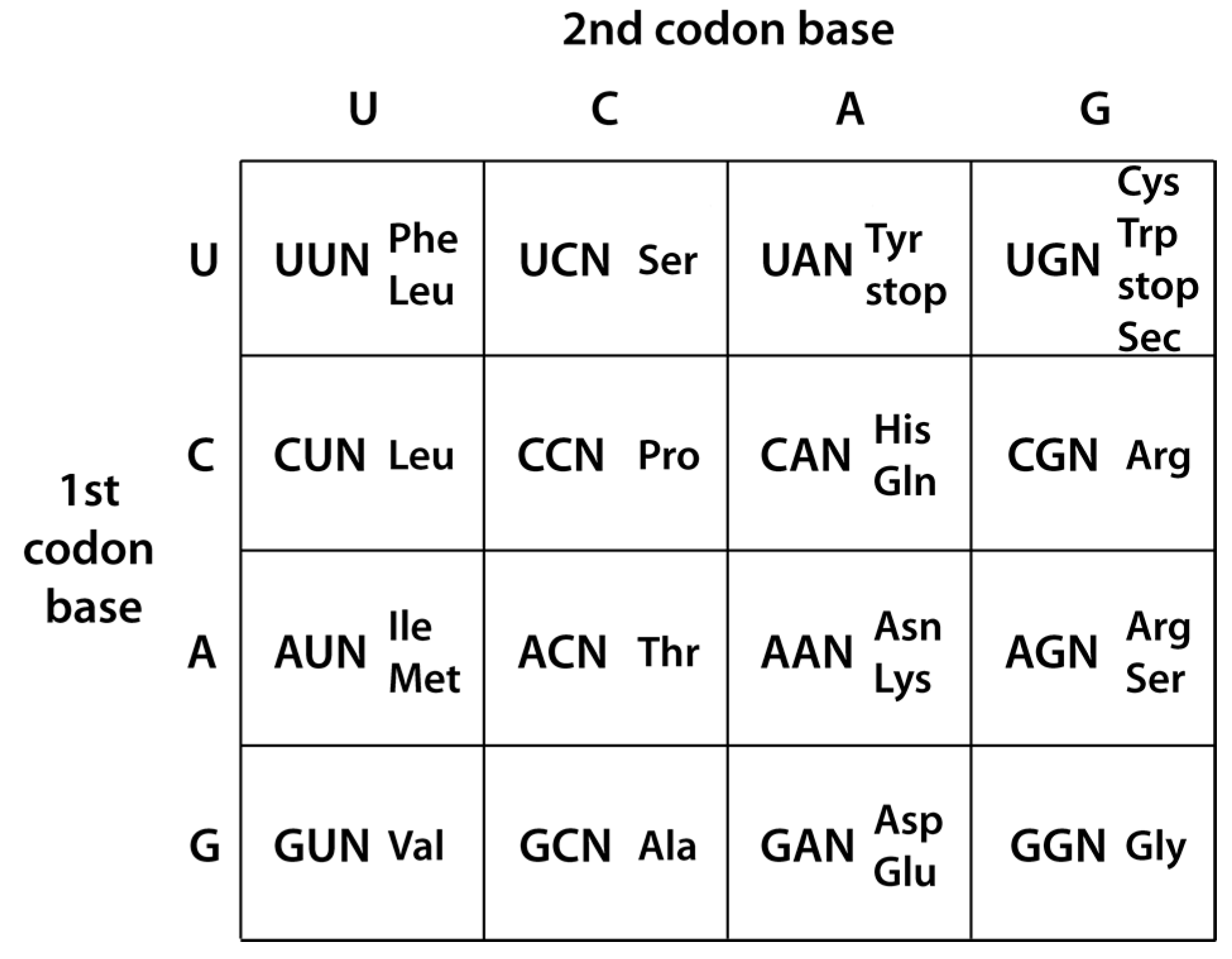
Life | Free Full-Text | Clues to tRNA Evolution from the Distribution of Class II tRNAs and Serine Codons in the Genetic Code
![PDF] Efficient Reassignment of a Frequent Serine Codon in Wild-Type Escherichia coli. | Semantic Scholar PDF] Efficient Reassignment of a Frequent Serine Codon in Wild-Type Escherichia coli. | Semantic Scholar](https://d3i71xaburhd42.cloudfront.net/b6839462f8e9cb3bec4cb54126ade49dfdd0ba87/2-Figure1-1.png)
PDF] Efficient Reassignment of a Frequent Serine Codon in Wild-Type Escherichia coli. | Semantic Scholar

:max_bytes(150000):strip_icc()/rna_codon_table-b221cf994d6a4eb3a823fcae9e8518d4.jpg)

